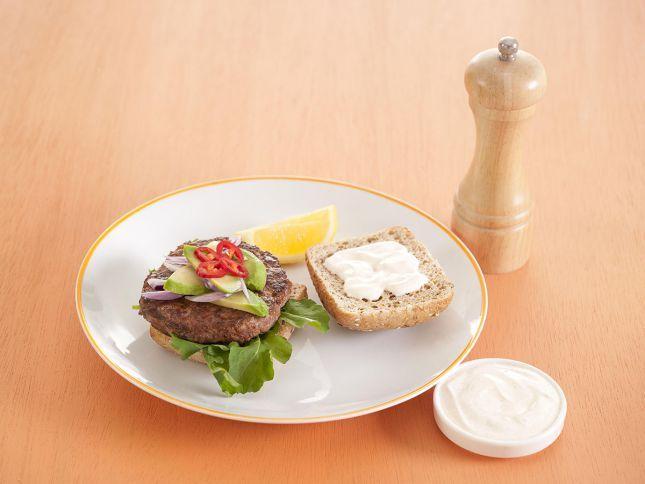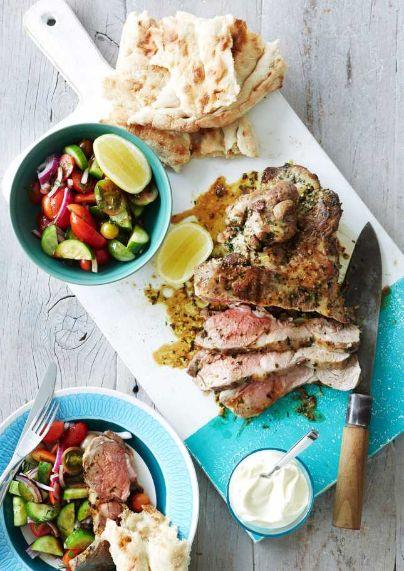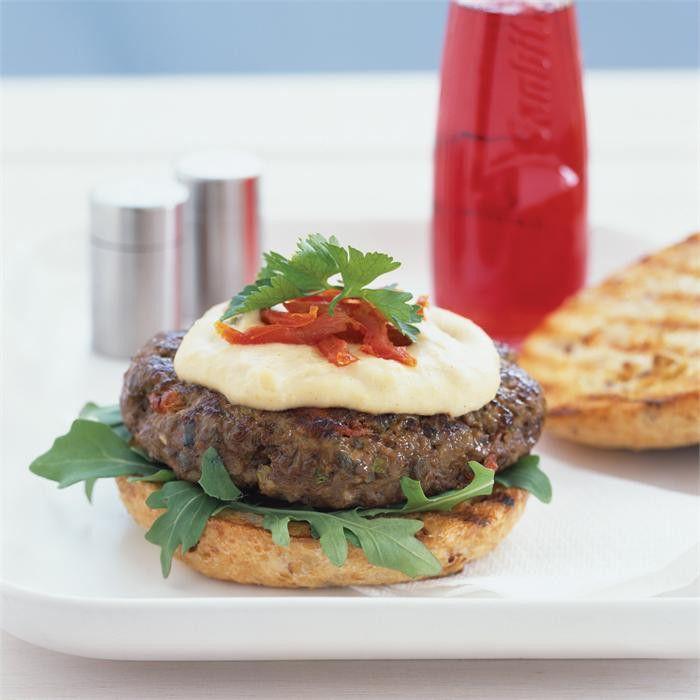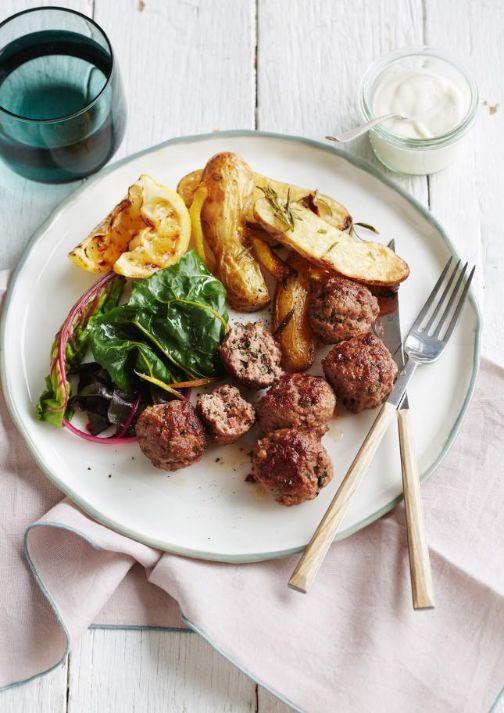- Home page
- Meat cuts for your next dish
- Cuts by protein
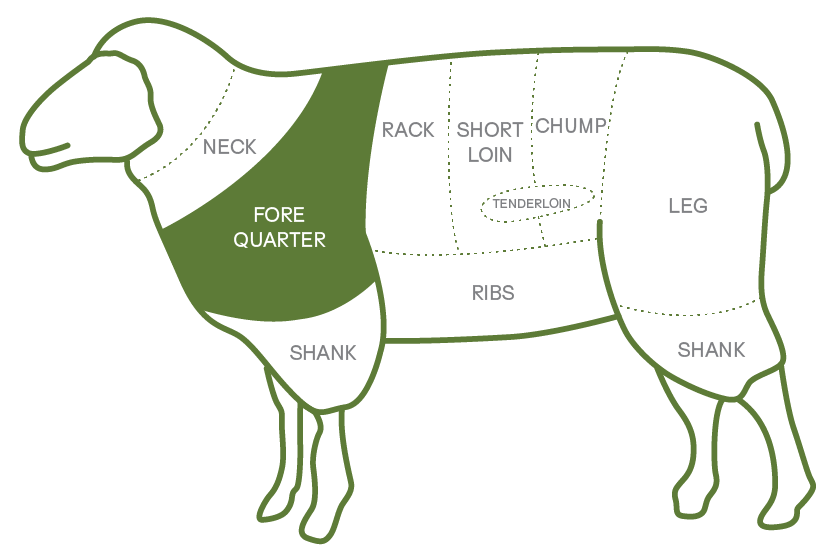
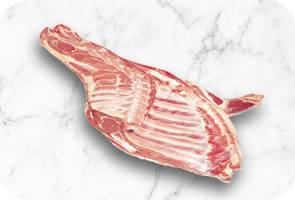
Forequarter
Forequarter is prepared from a side by a cut along the contour of the specified rib to the ventral edge and at right angles through the thoracic vertebrae separating the forequarter and the hindquarter.
SECONDARY CUTS
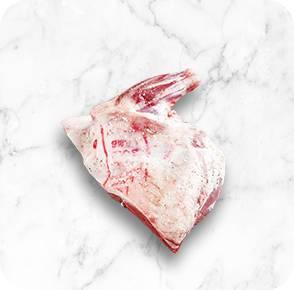
Bone-in shoulder
A bone-in shoulder is prepared from the forequarter by removing the neck, breast and foreshank. Because it comes from a well-exercised part of the animal it has plenty of connective tissue. This cut is best cooked using low, slow methods. As the connective tissue dissolves it combines with juices from the bone, delivering a tender and flavoursome result.
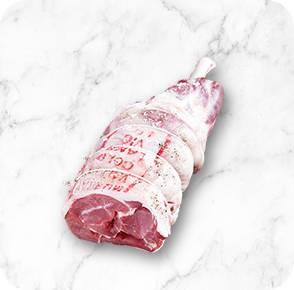
Easy carve shoulder
The easy carve shoulder is partially boned and prepared from the forequarter by removing the shoulder blade and leaving the shank intact. The easy carve shoulder is best suited to long, slow and moist cooking methods, where the remaining bone imparts flavour to the meat, delivering a tender result. When roasting, there’s a small pocket that will accommodate stuffing.
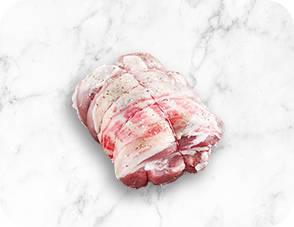
Boned and rolled shoulder
A boneless shoulder is taken from a square cut shoulder, prepared from the forequarter. The bones and connective tissue are removed before rolling and netting the cut in preparation for cooking. As a well-exercised muscle, the shoulder delivers a tender and flavoursome result when cooked moist, using low and slow methods.
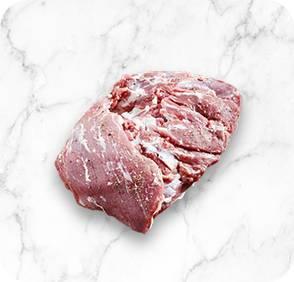
Butterflied shoulder
The butterflied shoulder is taken from a square cut shoulder, prepared from the forequarter. The bones and connective tissue are removed before cutting through the seams and muscle to create the butterfly shape. This quick and easy cut has a slightly uneven thickness, so the thinner parts will be done a little faster. Carving across the grain will ensure tenderness.
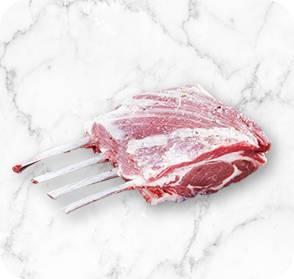
Forequarter rack
The forequarter rack is prepared from the shoulder rack, off the forequarter. The blade is removed and the ribs trimmed and exposed, creating what looks like a row of ‘chops’. As a well-exercised part of the lamb, the forequarter rack contains plenty of connective tissue, so is best suited to moist, slower cooking methods. This breaks down the tissue and allows the bone to impart flavour while tenderising the meat.
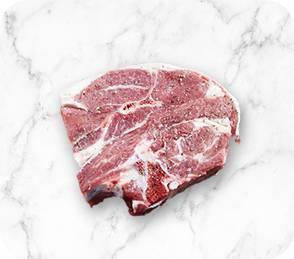
Forequarter chop
The forequarter is prepared from the side of the lamb. It’s made up of many cuts including the neck, shank and shoulder rack. Cut from the forequarter, forequarter chops are versatile and succulent, and are both suitable to grilling and slow cooking.


